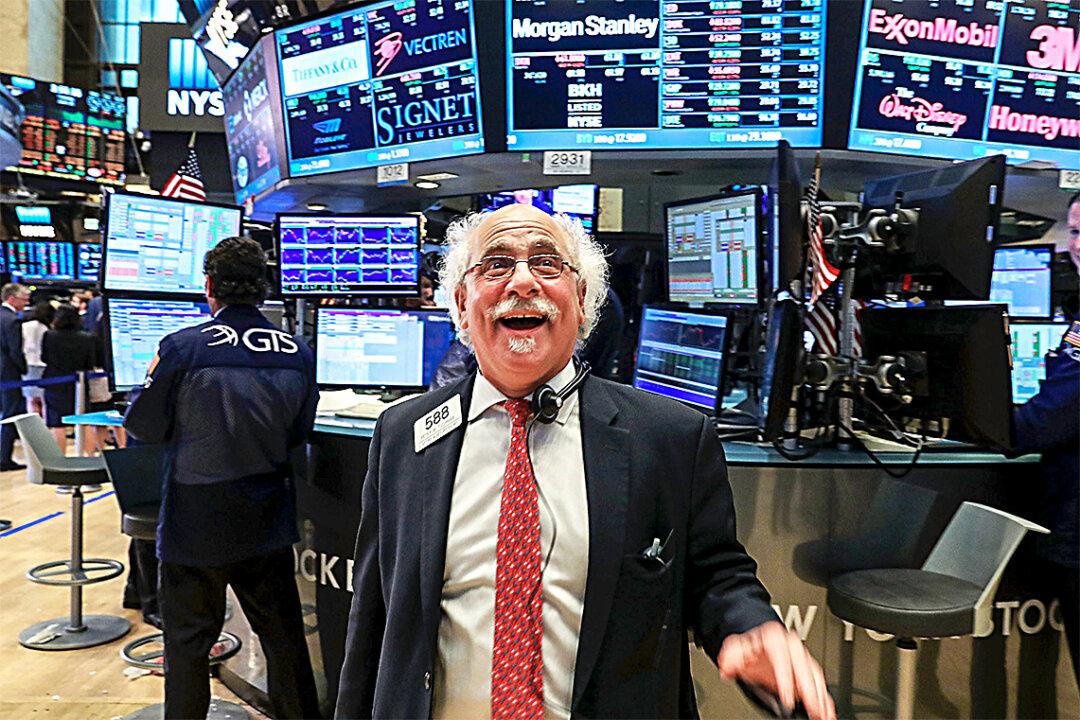New York displaced Hong Kong as the world’s top destination for initial public offerings (IPOs) in the first three months of 2017.

*

New York displaced Hong Kong as the world’s top destination for initial public offerings (IPOs) in the first three months of 2017.
